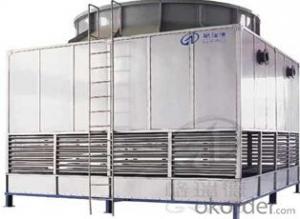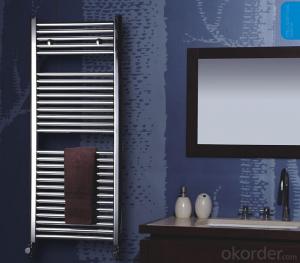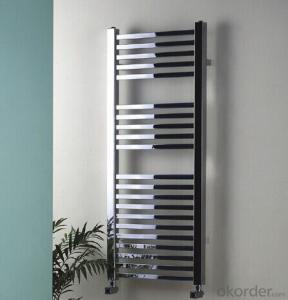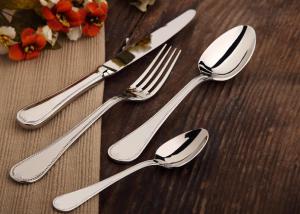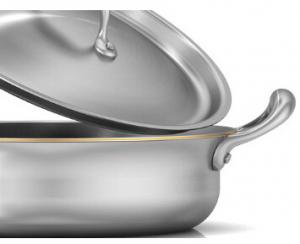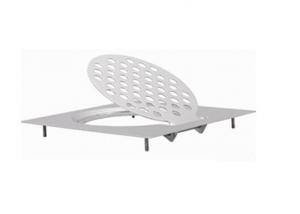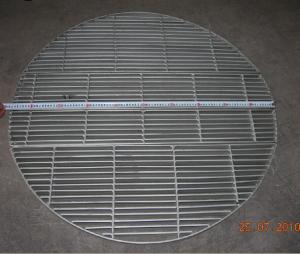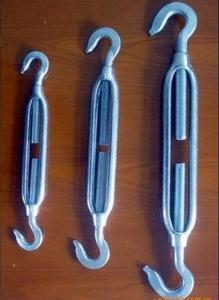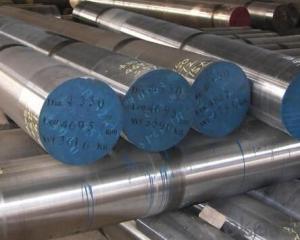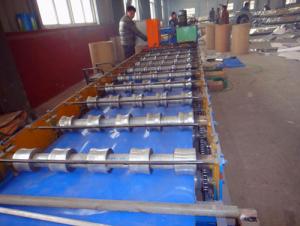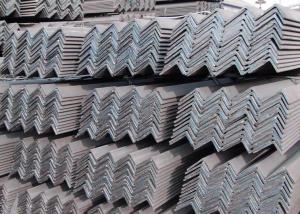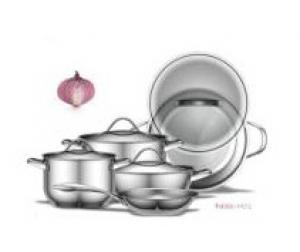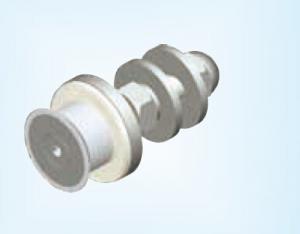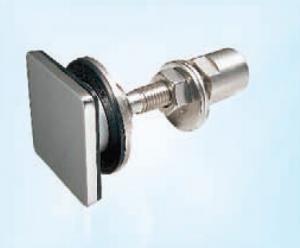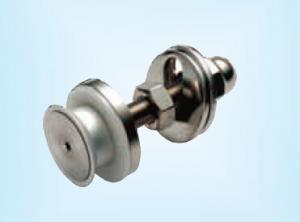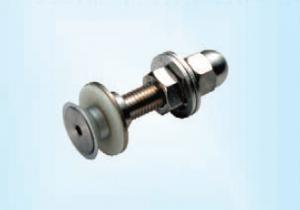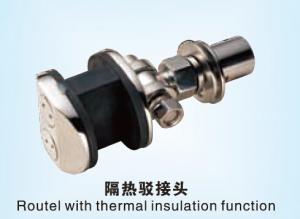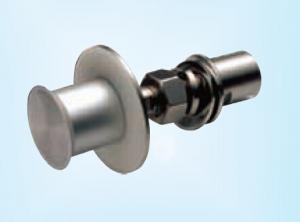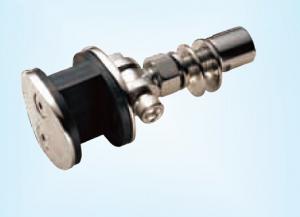Stainless Steel Radiators
Stainless Steel Radiators Related Searches
Stainless Steel Apliances Stainless Steel Refrigeration Stainless Steel Heater Stainless Steel Thermos Stainless Steel Kitchens Stainless Steel Doors Stainless Steel Roofing Stainless Steel Toasters Stainless Steel Racks Refrigerators Stainless Steel Stainless Steel Roaster Stainless Steel Enclosures Stainless Steel Metals Stainless Steel Hardware Stainless Steel Racking Stainless Steel Cutters Stainless Steel Blenders Stainless Steel Canisters Stainless Steel Screens Stainless Steel Materials Stainless Steel Casters Stainless Steel Rolling Racks Stainless Steel Shelves Stainless Steel Plates Stainless Steel Rods Heat Treating Stainless Steel Stainless Steel Conveyors Stainless Steel Furniture Stainless Steel Razor Blades Stainless Steel RoofStainless Steel Radiators Supplier & Manufacturer from China
Stainless Steel Radiators are a type of heating device made from high-quality stainless steel materials, designed to provide efficient heat distribution in various settings. These radiators are known for their durability, corrosion resistance, and ability to maintain consistent heat output, making them an ideal choice for both residential and commercial applications. They are available in various sizes, shapes, and designs to cater to different heating requirements and aesthetic preferences.Stainless Steel Radiators find their application in a wide range of scenarios, such as homes, offices, hospitals, and industrial facilities. They are particularly useful in spaces where a quick and even distribution of heat is required, or in environments where traditional heating systems may not be suitable. These radiators can be easily installed and maintained, ensuring a reliable and efficient heating solution for any setting. Their sleek and modern appearance also adds a touch of elegance to any interior design.
Okorder.com is a reputable wholesale supplier of Stainless Steel Radiators, offering a vast inventory of products to cater to the diverse needs of customers worldwide. With a commitment to quality and customer satisfaction, Okorder.com ensures that each radiator is manufactured to the highest standards, using advanced technology and stringent quality control measures. This ensures that customers receive a reliable and efficient heating solution that will stand the test of time. By partnering with Okorder.com, customers can benefit from competitive pricing, fast shipping, and excellent customer service, making it a trusted source for Stainless Steel Radiators.
Hot Products






